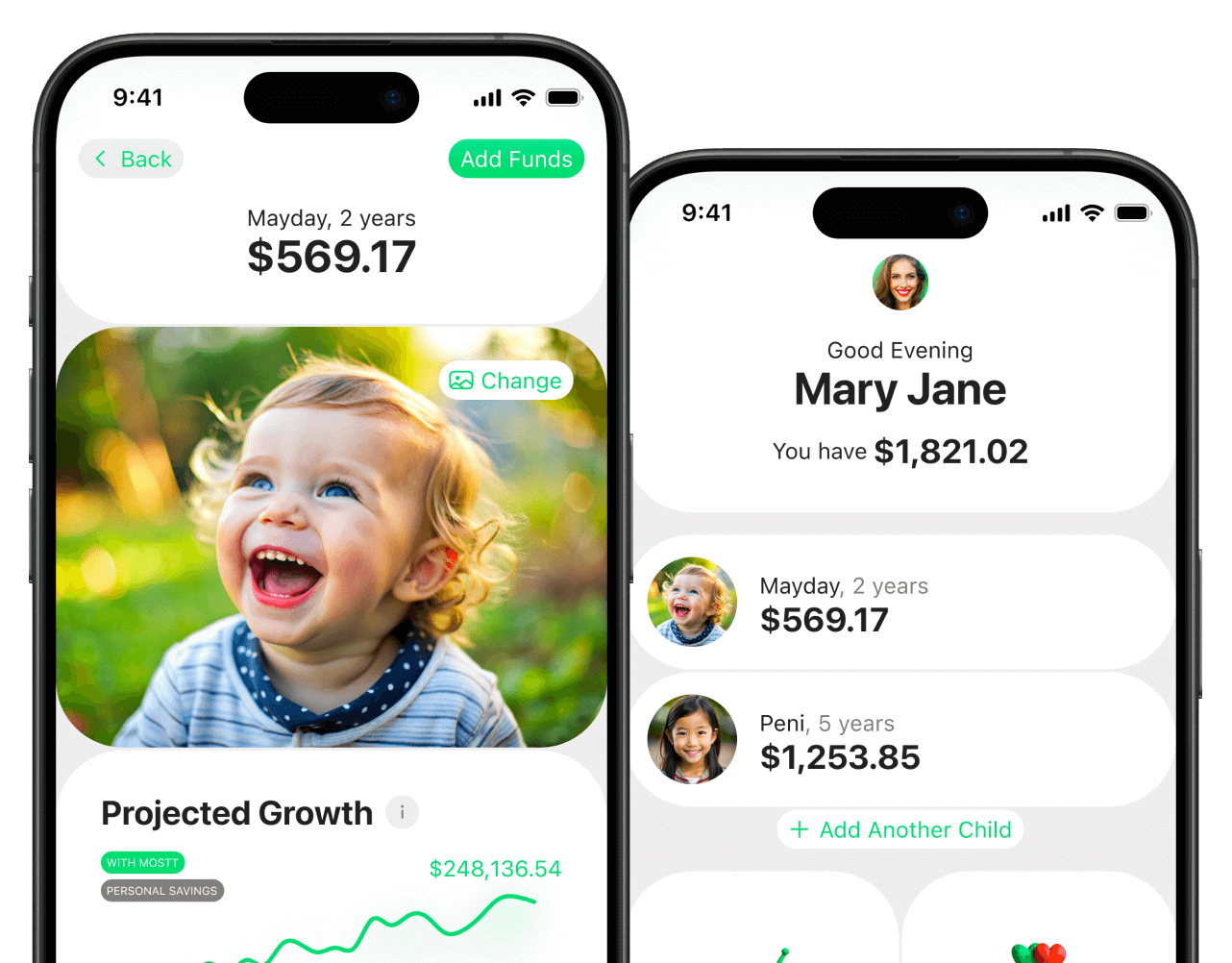You don’t need a finance degree to raise money-smart kids. In fact, some of the best financial lessons don’t happen at school or around the dinner table. They happen at the grocery store, in the toy aisle, and right at the checkout line.
Everyday shopping trips give parents countless opportunities to teach kids how money works in real life. By turning errands into teachable moments, you’ll help your children understand budgeting, saving, spending wisely, and even giving.
Let’s look at how to transform routine shopping into a financial literacy classroom.
Why Shopping Trips Make the Perfect Money Classroom
According to the Jump$tart Coalition for Personal Financial Literacy, kids learn best when they’re engaged in real-life scenarios. Shopping checks every box:
-
Hands-on. Kids see the prices, handle cash, and make choices.
-
Immediate. Decisions happen in real time, not in theory.
-
Relatable. They’re already interested in what’s on store shelves.
Errands become more than chores—they’re practical money lessons waiting to happen.
Lesson 1: Money Is Limited
For kids, it can seem like money is endless. They see you swipe a card, and magically, groceries appear in the cart. But as adults, we know money is finite.
A shopping trip helps kids grasp this concept. You can explain:
👉 “We’ve set aside $60 for groceries today. If we spend $10 on cookies, that means we have $10 less for the dinner ingredients we need.”
This introduces opportunity cost, one of the most important financial principles. Buying one thing always means giving up something else.
Pro Tip: Give your child $5 in cash for the trip. Let them decide what to spend it on. When the money’s gone, it’s gone. This tangible experience drives the lesson home.
For more on how kids perceive money, Consumer.gov offers helpful parent resources.
Lesson 2: Wants vs. Needs
The toy aisle is a battlefield of wants. But it’s also a perfect place to teach kids how to separate “needs” from “wants.”
Ask questions like:
-
“Is this something we need, or something we want?”
-
“What will this toy give us that we don’t already have?”
-
“If we spend on this, what do we give up instead?”
This isn’t about always saying no. Sometimes, buying a “want” teaches kids how to enjoy money responsibly. The key is involving them in the decision-making process.
According to Consumer Financial Protection Bureau, involving children in financial choices helps them build lifelong decision-making skills.
Lesson 3: Comparing Value
When standing between a $4 name-brand cereal and a $2.50 store brand, kids can learn about value vs. price.
👉 Ask: “Is the $4 box really worth $1.50 more, or does the $2.50 one give us the same value?”
This helps kids see that smart shopping isn’t just about cost—it’s about getting the most value for money spent.
The same lesson applies to clothing, electronics, and more. As Investopedia notes, comparison shopping is one of the simplest ways to save money and build strong financial habits.
Lesson 4: Planning Ahead
Budgeting is a cornerstone of financial literacy. Shopping trips can make it tangible.
Before leaving, give your child a mini-budget:
👉 “You have $5 today. You can buy a snack, save it, or combine it with next week’s $5 for something bigger.”
Suddenly, they’re weighing options and making trade-offs. Some kids even choose not to spend at all so they can save for something they really want later.
This simple habit mimics what adults do with savings accounts, emergency funds, and investments.
For guidance on teaching kids how to plan with money, check out the Money As You Grow resources.
Lesson 5: Delayed Gratification
If your child begs for candy at checkout, you’ve met the perfect chance to teach delayed gratification.
👉 “That candy costs $3. If we don’t buy it now, you can save $3. Next trip you’ll have $6, and in three trips you’ll have $9—enough for a toy you’ve wanted.”
This lesson echoes the famous “marshmallow test,” which showed that children who learned delayed gratification often performed better academically and financially later in life (American Psychological Association).
Learning to wait for bigger rewards is the foundation of long-term wealth-building.
Lesson 6: Generosity Matters Too
Money isn’t just about spending and saving—it’s about giving.
Shopping trips are the perfect place to teach this:
-
Let kids pick a canned good for donation bins.
-
During the holidays, allow them to choose a toy for a charity drive.
-
Explain that even a few dollars can make a difference.
This helps kids see that money is a tool to impact others, not just themselves. As the National Endowment for Financial Education emphasizes, generosity is a key part of holistic financial literacy.
Turning Errands Into Life Lessons
The next time you’re heading to the store, remember: you’re not just buying groceries—you’re raising a money-smart child.
Here’s a recap of how to teach kids about money while shopping:
-
Show them money is limited by sticking to a budget.
-
Talk through the difference between needs and wants.
-
Teach them to compare value, not just price.
-
Give them a mini-budget to practice planning ahead.
-
Model delayed gratification by saving for bigger rewards.
-
Encourage generosity by letting them give.
These small, consistent lessons add up. One day, when your child is managing student loans, buying a car, or saving for a house, they’ll draw on the lessons they learned in the aisles of Target or the grocery store.
Because you didn’t just tell them how money works—you showed them.




